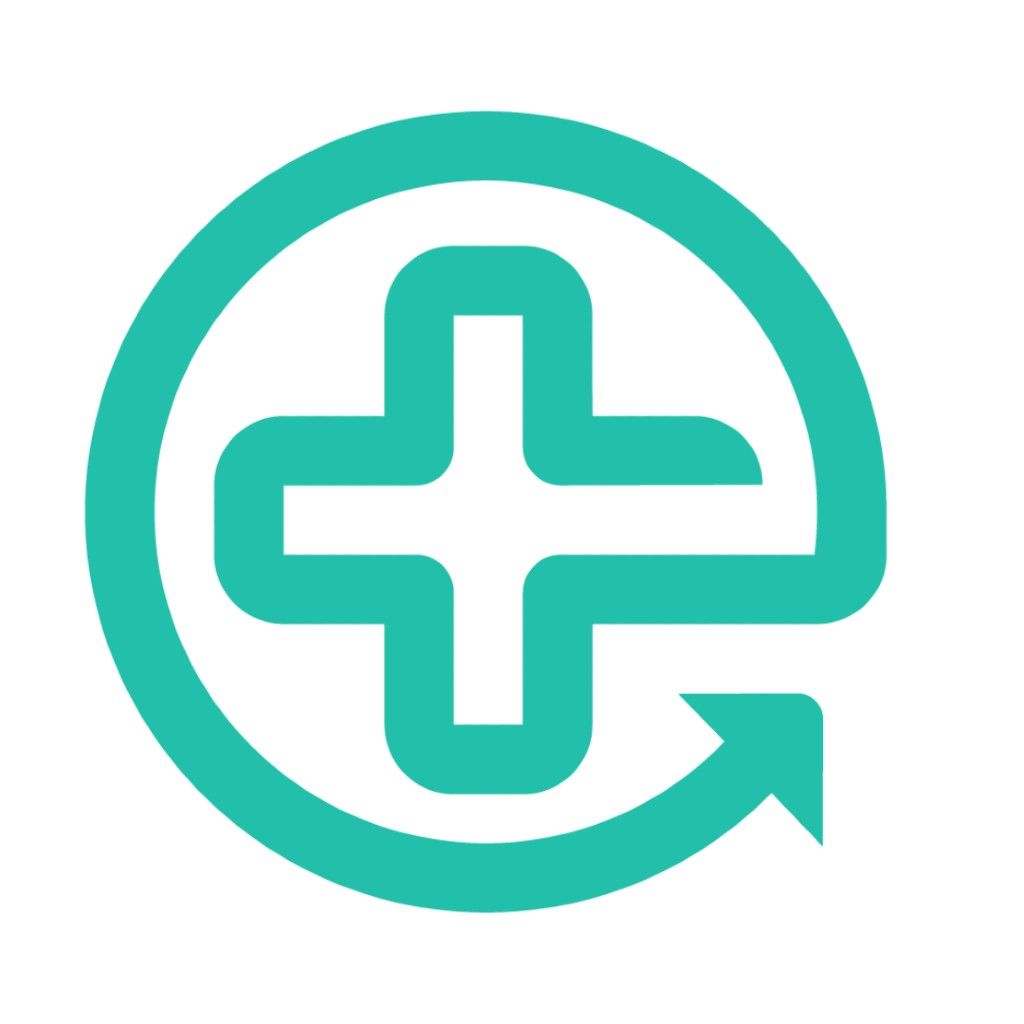With the „doctogo“ app you can share the records in two different variants. The first variant is when you
are at the doctor's office and want to transfer the data. This variant is called „Onsite“. The second
variant is when you are not onsite at the doctor's office. This variant is called „Offsite“.
„Onsite“ or when you are on site
In the «Onsite» variant, the user of the «doctogo» app is on site at the respective healthcare provider
and wants to share healthcare and medical data, namely files stored in the «doctogo» app, with the
respective healthcare provider on site.
The files to be shared must first be selected by the user in a first step.
In a second step, the user is asked to enter the title, first and last name, and e-mail address of the
respective healthcare provider.
In a third step, the «doctogo» app then sends an automatically generated e-mail from the «doctogo» e-mail
server to the respective healthcare provider based on the data entered in the second step, informing the
respective healthcare provider that the specifically named user would like to share a document. In
addition, this e-mail contains a link to a subpage of the «doctogo» website.
In a fourth step, the respective healthcare provider has to click on the link of the e-mail received in
the third step, which takes him or her to a subpage of the «doctogo» website.
This (sub)web page, which is accessible via the link mentioned in the fourth step, contains a QR code,
which the user can then scan on site with the «doctogo» app in a fifth step, thereby granting
authorization to download the files.
When the user has given the approval mentioned in the fifth step by scanning the QR code, the «doctogo»
app receives the QR code. the user, the respective healthcare provider will be given access to download
the files to be shared and the desired data can be downloaded.
„Offsite“ or when you are absent
In the «Offsite» variant, the user of the «doctogo» app is not on site with the respective healthcare
provider. Nevertheless, the user wants to share health and medical data, namely files stored in the
«doctogo» app, with the respective healthcare provider.
The files to be shared must first be selected by the user. The selected files are then encrypted and
temporarily uploaded to a protected area on the «doctogo» website and thus to a Microsoft Azure cloud. The
data is always encrypted.
In a second step, the user is asked to enter the surname, first name, and e-mail address of the respective
healthcare provider.
In a third step, the «doctogo» app then sends an automatically generated e-mail based on the data entered
in the second step from the «doctogo» e-mail server to the respective healthcare provider. in which the
respective healthcare provider is informed that the specifically named user would like to share a
document. In addition, this e-mail contains a link to a subpage of the «doctogo» website.
In a fourth step, the respective healthcare provider must click on the link of the e-mail received in the
third step and request authorization from the user to download the files.
In a fifth step, the user is then requested by the «doctogo» app to grant approval or authorization to
share the files with the respective healthcare provider.
Only when the user has given the approval or authorization mentioned in the fifth step is it possible for
only the respective healthcare provider to download the files to be shared. As soon as the data is
downloaded, it is deleted from the protected area on the «doctogo» website and thus in a Microsoft Azure
cloud. If the health care provider does not download the data within the short period of time, the
encrypted data is automatically deleted from the Microsoft Azure Cloud and the "offsite" sharing process
must be restarted.

